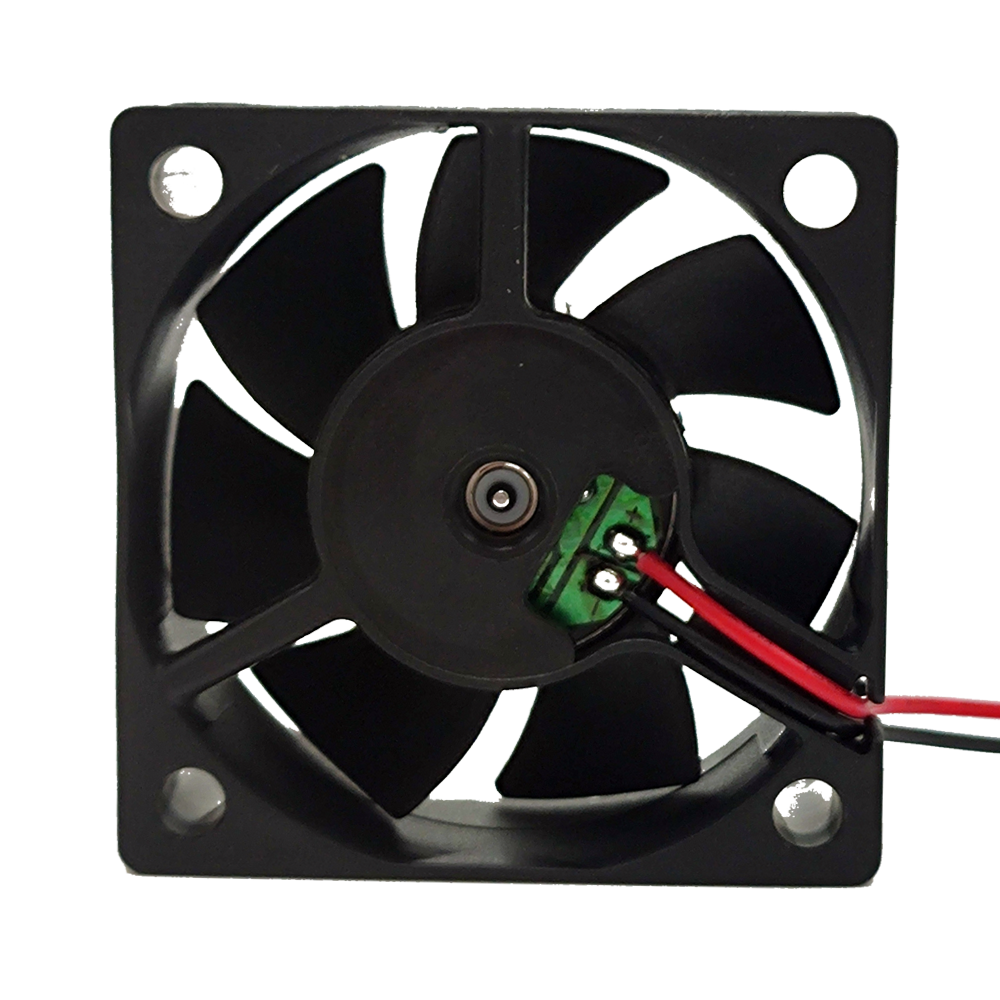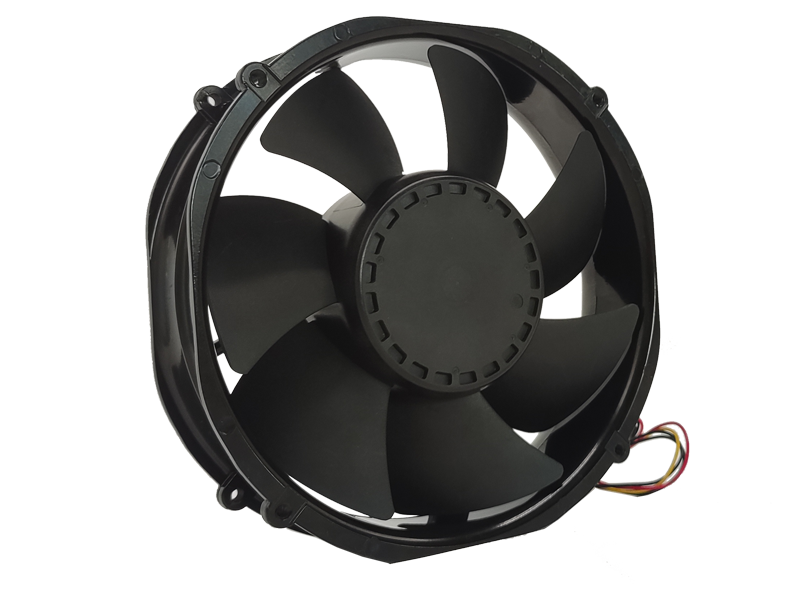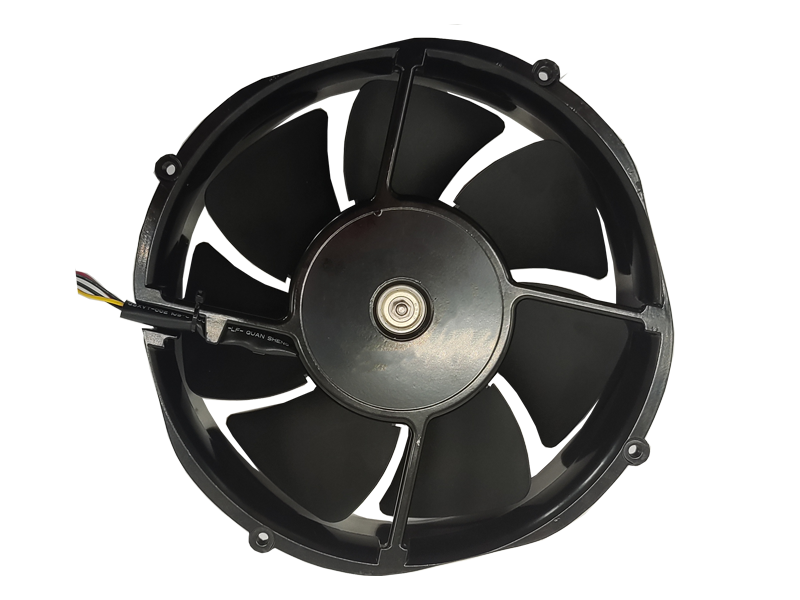Industrial fans are indispensable in many industrial settings, where their role in air circulation, cooling, and ventilation is critical to both employee safety and equipment performance. Over the years, technological advancements have transformed the industrial fan sector, improving their energy efficiency, performance, and operational lifespan. This article explores the key innovations in industrial fan technology and their impact on industrial applications.
I. The Evolution of Industrial Fan Technology
Traditionally, industrial fans were simple mechanical devices designed to move air. However, with growing demands for energy efficiency and the increasing complexity of industrial systems, industrial fan technology has undergone significant improvements.
Variable-Speed Motors One of the most important innovations in industrial fan technology has been the introduction of variable-speed motors. These motors allow the fan to adjust its speed according to the specific needs of the system, enabling better control over airflow and reducing energy consumption. By running fans only when necessary and at the optimal speed, businesses can significantly lower their operational costs.
Improved Aerodynamics Advances in aerodynamics have led to the design of more efficient fan blades and motors. By optimizing the blade design to reduce drag and enhance airflow, modern industrial fans can move a larger volume of air with less energy. This not only improves cooling and ventilation efficiency but also reduces noise levels, making it more suitable for workplaces that require low sound levels.
Durability and Corrosion Resistance In harsh environments, such as chemical plants or steel mills, industrial fans must withstand extreme temperatures, corrosive substances, and high levels of dust. Advances in materials science have resulted in fans made from corrosion-resistant alloys, composite materials, and durable coatings that can handle even the most demanding conditions.
II. Smart Industrial Fans: The Next Frontier
As the demand for automation and connectivity increases across industries, the next big step in industrial fan technology is the integration of smart features. Smart industrial fans are equipped with sensors and IoT capabilities that enable them to communicate with other systems in the facility.
Sensors for Real-Time Data Smart fans are equipped with sensors that monitor factors such as temperature, humidity, and airflow. This data allows the fan to adjust its performance in real-time, providing more efficient cooling and ventilation based on current conditions.
Remote Monitoring and Control With smart technology, operators can remotely monitor and control industrial fans. This reduces the need for on-site intervention and allows for predictive maintenance. When the system detects an anomaly, such as a decrease in airflow or an increase in motor temperature, it can alert the maintenance team to address the issue before it leads to equipment failure.
III. Sustainability and Energy Efficiency

Given the increasing focus on sustainability, industrial fan manufacturers are placing a strong emphasis on creating energy-efficient products. The energy consumed by industrial fans can account for a large portion of operational costs, especially in large facilities with numerous fans.
Energy-Efficient Motors Modern industrial fans are increasingly being equipped with energy-efficient motors that use less power while maintaining high performance. These motors are often paired with variable-speed drives to further optimize energy use.
Integration with Renewable Energy Some forward-thinking manufacturers are exploring the integration of industrial fans with renewable energy sources, such as solar panels or wind turbines. By using renewable energy, businesses can significantly reduce their energy costs and carbon footprint.
IV. Conclusion
Industrial fans are evolving at an impressive rate, driven by technological innovations that enhance performance, energy efficiency, and sustainability. Whether it's through advancements in motor technology, aerodynamics, or smart features, industrial fans are becoming more efficient and versatile, capable of meeting the demands of modern industries. As technology continues to advance, the future of industrial fans promises even more opportunities for improved efficiency, reduced costs, and better environmental stewardship.
Recommended Products

The main purpose:Car charging station

The main purpose:Car charging station

The main purpose:Electronic refrigerators, water dispensers, direct drinking machines, inverter power supplies
Address:No. 4137, Longgang Avenue (Henggang Section), Henggang Community, Henggang Street, Longgang District, Shenzhen
hotline:13530005572(Chen)15112579390(Li)


Welcome all friends to come for consultation and negotiation.
Copyright 2024 @ Shenzhen Youneng Xinyuan Electronics Co., Ltd.,(industrial fans,industrial blowers,axial fans,cooling fans manufacturer,centrifugal fans,ac cooling fans,dc cooling fans)